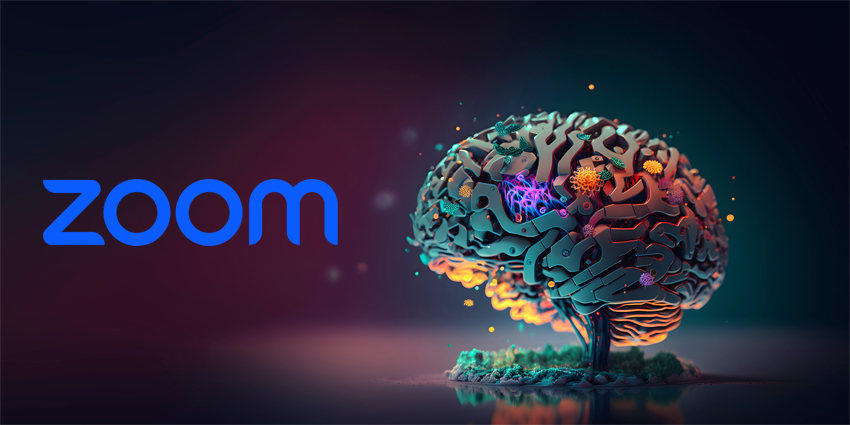According to some statistics, contact centres have been struggling to satisfy the needs of customers lately; particularly as the average consumer demands faster, more personalised service. The good news is that throughout 2017, and as we moved into 2018, we’ve seen some trends in the contact centre space that might help to direct companies towards success as they embrace the age of Customer experience (CX).
Today’s clients want faster resolutions, stronger omni-channel services, improved customisation, and simpler contact strategies. Here, we’ll look at just some of the trends that shaped 2017, and what they meant to the contact centre of the future.
1. Omni-Channel Communication Grew More Important
Today’s customers want a wide selection of options available to them when it comes to communicating with businesses. While around 20% prefer using email, 19% prefer to find their own solutions through self-service FAQs and chatbot strategies. Interestingly, however, 79% of customers say that they’d prefer to communicate with a brand over the phone – particularly if this means solving problems faster.
While human-to-human communication is clearly important, it seems that if businesses want to thrive, they need to know not only how to handle their phone connections, but also their chat strategies, self-service, and email too. The right contact centre solution should give organisations complete control over a full omni-channel solution for customer service. From self-service portals and FAQs to chatbots that automate some of the customer journeys, and provide contextual information for agents to offer more personalised experiences, 2018 is all about finding an end-to-end multichannel solution.
2. Speed is Essential to Satisfaction

Ultimately, the main reason that customers prefer to call companies, instead of connecting over email, is that they assume that a phone call will lead to a faster resolution for their problems. One 2016 study found that customers care most about getting their questions answered quickly when it comes to identifying a good experience.
Although there’s no magic bullet in the contact centre space for helping your customers to solve issues instantly, there are a few things you can think about if you want to make CX an important aspect of your digital transformation (DX) strategy:
- Repetitive tasks can be automated through chatbots and AI technology. This frees up extra time for agents who need to answer more complex customer problems
- Context is key to success – making sure that your customer doesn’t have to repeat the same concerns over and over could help to improve their experience
- People hate waiting on hold – if you want to transfer someone from a chatbot to an agent in a call centre – make sure that the waiting agent is ready to take the call instantly, with all the information they need to solve the problem at hand
3. The Contact Centre is Growing
 Finally, the growth of the contact centre isn’t slowing down anytime soon. With new technologies like chatbots and artificial intelligence are emerging in the marketplace, companies now have more opportunities than ever before to leverage valuable connections with their customers. The key to success is simply keeping up with increasingly complicated consumer demands.
Finally, the growth of the contact centre isn’t slowing down anytime soon. With new technologies like chatbots and artificial intelligence are emerging in the marketplace, companies now have more opportunities than ever before to leverage valuable connections with their customers. The key to success is simply keeping up with increasingly complicated consumer demands.
For some people, this will mean replacing outdated technology where necessary, and tapping into new solutions wherever possible. The cloud offers countless solutions for versatile, agile scalability in the average contact centre today.
Around 6 in 10 companies now rely on some variation of a CCaaS cloud offering. That number is expected to continue growing in the years ahead. Indeed, according to research by MarketsandMarkets, the cloud contact centre industry should increase threefold by 2021, to a value of $15.67 billion.
If you’re not already considering the benefits of the cloud for an agile contact centre solution, now might be the time to start re-assessing your strategies.







